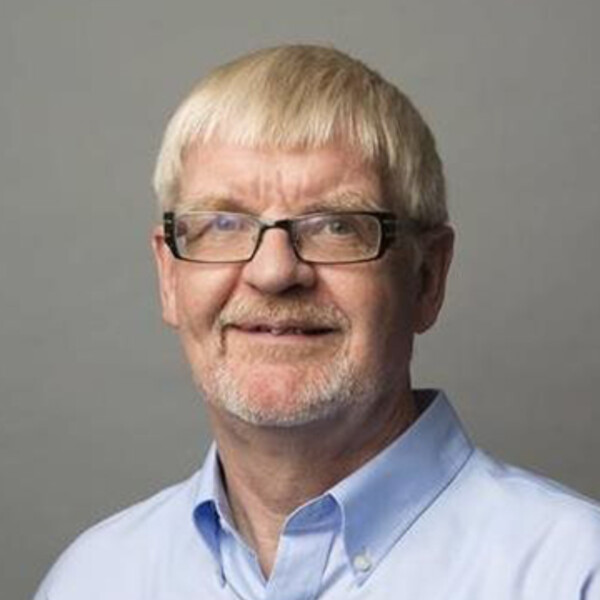Bernhard Ross
PhD, Munster University

Research Synopsis
Magnetoencephalographic studies ofhuman brain function
We use magnetoencephalography (MEG) at the Rotman Research Institute at Baycrest Centre to record outside of the head the magnetic fields produced by current flow in neurons when human subjects perceive auditory, visual or somatosensory stimuli or perform a cognitive task. The research is highly interdisciplinary and involves basic electrodynamics, signal processing, neurophysiology, psychology, and cognitive sciences. In ongoing studies we combine basic research about brain function and how this is reflected in electromagnetic brain activity with potential clinical application. A strong focus of the research is the sensory system and how it is affected by aging.
Effects of Aging on central auditory processing
A characteristic effect of aging on hearing is the loss of sensitivity at higher frequencies. Modern hearing aids compensate well for hearing loss. However, elderly people complain that they can hear but not understand a conversation in noise or with multiple speakers. Age related changes in central auditory processing might cause this communication problem. In a series of studies we are recording with the MEG activity from auditory cortices while young and elderly people listen to complex sound. A classical example for central auditory processing is binaural hearing, which allows sound localization and requires neural computation of the inputs from both ears. One recent finding was that elderly listeners can detect interaural time differences in a reduced frequency range compared to young listeners. Moreover, the onset of this effect was already indicated in mid life.
Brain plasticity
Brain plasticity is the capability to modify functional organization based on learning and experience. This is especially important for recovery of brain function after stroke or brain injury. With MEG we were able to demonstrate changes in brain activity in musicians as effect of life long training or when people learn an auditory discrimination task during laboratory training. On observation from our MEG studies was that larger auditory cortex activity in musicians was preserved in advanced age whereas the responses in a control group were reduced. In a prospective study we shall record MEG brain activity in middle-aged people while they learn to play a musical instrument. Knowledge about brain plasticity in adults will help to develop cognitive training programs and optimize rehabilitation strategies.
Oscillatory brain activity
Synchronous oscillations in distant cortical areas are currently discussed as mechanism for dynamically connected neural networks. The thalamus, a small structure in the midbrain, plays an important role in synchronizing networks and controlling information flow. Periodic auditory stimulation in our experiments induces highly synchronized oscillations, which allow us to image the thalamo-cortical networks. One study in this field is about coupled low and high frequency oscillations related to a working memory task, with the potential application as a clinical diagnostic tool to identify brain damage after mild traumatic brain injury.
Advanced signal processing
MEG brain signals are small and often hidden in noise. We work on enhancing the sensitivity with improved signal processing techniques. Current topics are reconstructing of the sources of brain activity from the measured magnetic field outside the head, characterizing the complexity of brain signals and visualizing the flow of information in brain networks.
Recent Publications
- Ross B, Tremblay KL, Picton TW, Physiological detection of interaural phase differences, J Acoust Soc Am. 2007, 121(2):1017-27
- Fujioka T, Ross B, Kakigi R, Pantev C, Trainor LJ, One year of musical training affects development of auditory cortical evoked fields in young children, Brain. 2006, 129:2593-608
- Nangini C, Ross B, Tam F, Graham S, Magnetoencephalographic study of vibrotactile evoked transient and steady-state responses in human somatosensory cortex, Neuroimage. 2006, 33:256-62
- Ross B, Herdman AT, Pantev C. Stimulus induced desynchronization of human auditory 40-Hz steady-state responses. Neurophysiol. 2005, 94(6):4082-93
- Ross B, Pantev C. Auditory steady-state responses reveal amplitude modulation gap detection thresholds. J Acoust Soc Am. 2004;115(5):2193-206.
Graduate Students
Simon Dobri
